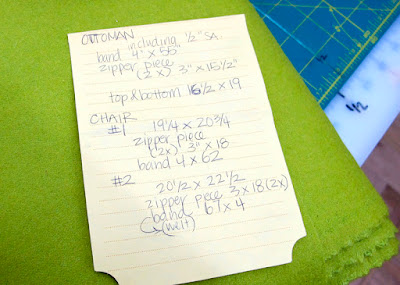PATTERN REVIEW OF
COLETTE'S LAUREL DRESS!
Posted on PatternReview.com on December 20, 2013.
Miss Gwen here, seamstress and class teacher at Selvedge Studio!
Pattern Description: A chic and simple shift dress with minimal dart shaping. Perfect for any season, as the variations are endless. I chose to make Version 2.
Pattern Sizing: Cut pattern at a size 6 (standard store demo size that we make for Colette patterns.)
Did it look like the photo/drawing on the pattern envelope once you were done sewing with it? Yes, indeed!
Pattern Description: A chic and simple shift dress with minimal dart shaping. Perfect for any season, as the variations are endless. I chose to make Version 2.
Pattern Sizing: Cut pattern at a size 6 (standard store demo size that we make for Colette patterns.)
Did it look like the photo/drawing on the pattern envelope once you were done sewing with it? Yes, indeed!
Looking back at the directions, they are incredibly informative and complete, and anyone who is looking for a pattern with good visuals, tips, and definitions would be well of with this pattern (and most other Colette patterns for that matter.) As for suitability for a class, it will work just as well with a few of the time-saving methods that I used.
What did you particularly like or dislike about the pattern? All
Colette patterns have great visual descriptions, and the Laurel is no
different. I especially like the basic checklist at the beginning of the
directions, which provides a good breakup of the overall process of building a
dress. The only things I would add/change in the directions would be including
a note on laying out the pattern pieces on directional fabric (which I used),
since this is a pattern for Beginners and it may not be something realized
until the dress is almost finished. Secondly, I would change the directions for
the bias tape application on the sleeves and neckline to include how to finish
with a machine rather than by hand, as I know many people may either despise
hand sewing or not be as comfortable with it as they are on a machine.
Fabric Used: 100% mid-weight cotton. Dress is Anna Maria Horner's
Twill Bouquet (Dowry line) and the contrast is Moda's Bella Solids color 266.Pattern alterations or any design changes you made: Used 1/2" seam allowances, contrasting fabric for bias tape and pockets, made the hem straight instead of slightly curved.
Would you sew it again? Would you recommend it to others? This is the third Laurel project (V. 1&4 have been done by coworkers), so we obviously like it! It's a simple dress design with easy options for making it unique. I would recommend it to Intermediate-Beginning sewers and above.
Conclusion: The dress turned out great, and it was easy to put together. Very pleased, and we are planning on teaching the class in January 2014!
See the full review at patternreview.com!






































